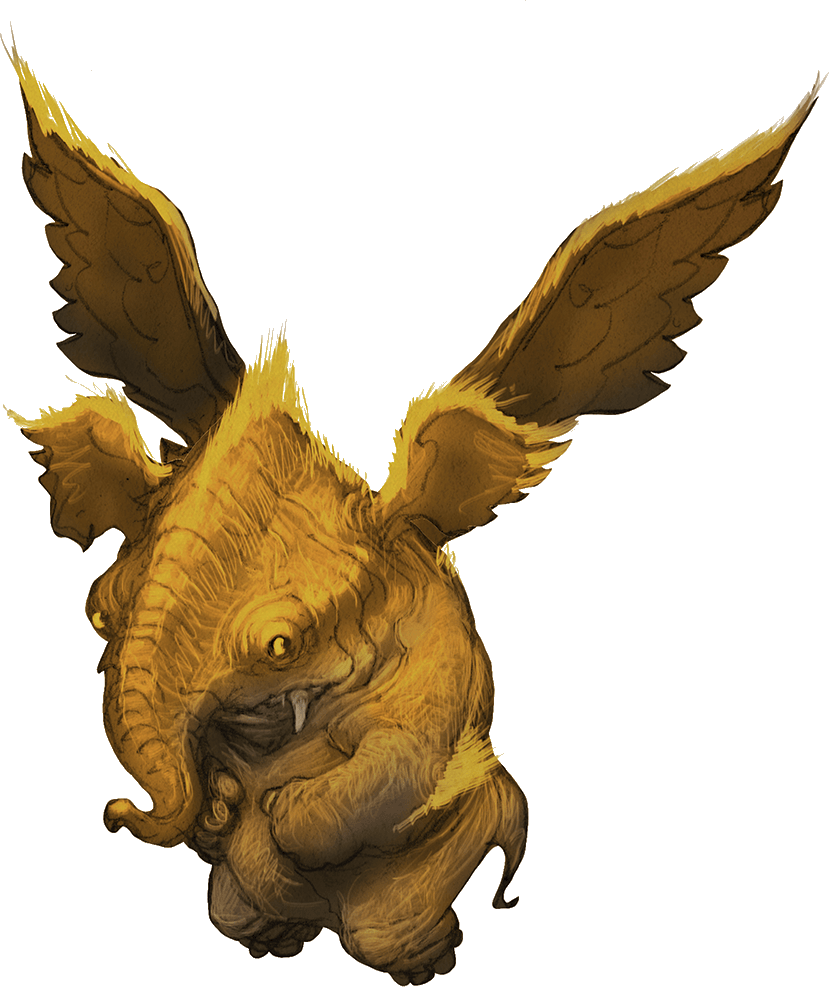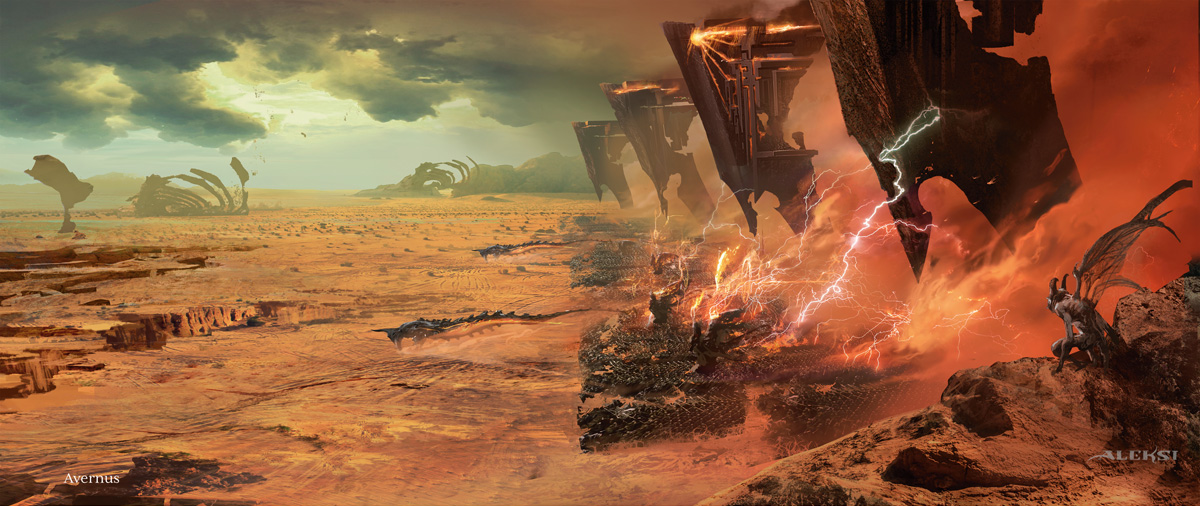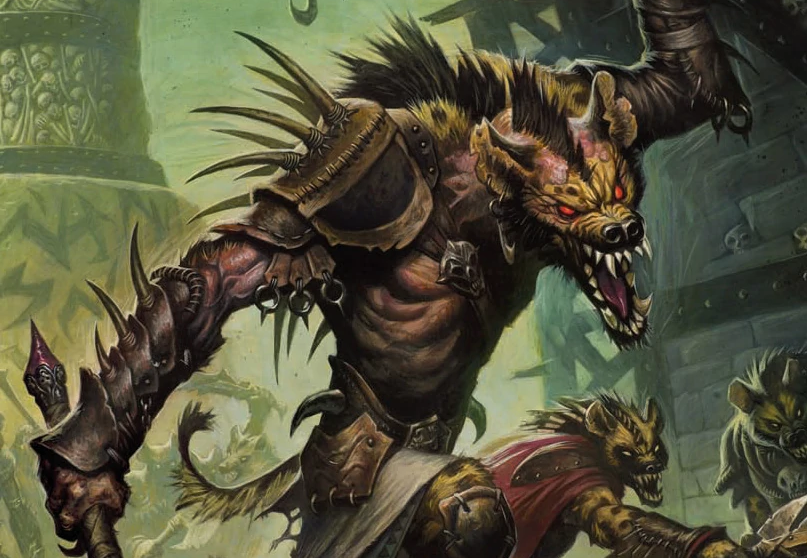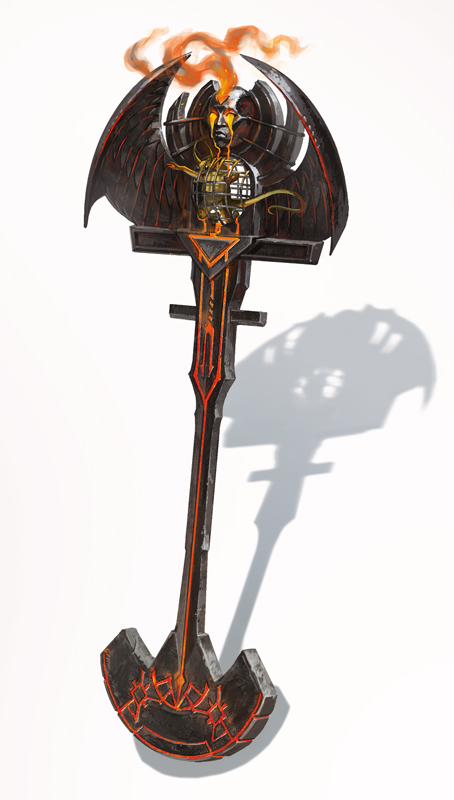LULU’S MEMORY MYSTERY
As we’ve discussed, recovering Lulu’s memories is a central pillar of the campaign: It is essentially the only way to recover the Sword of Zariel, and while the Sword of Zariel is not essential (in the Remix) it is certainly positioned as a major goal and resource.
Getting the Sword, it should be noted, is almost entirely procedural: Get the pieces for the dream machine. Strap Lulu into it. Ta-da! You get the location of the Sword of Zariel.
But if we take a step back, the real goal is to get the players invested in the True History of Zariel. The process of piecing together this enigma:
- Provides a tantalizing mystery that will keep the players engaged with the campaign and eager to figure out more.
- Creates a context for their interactions with the denizens of Hell (particularly the former Hellriders and others who participated in those events).
- Builds a relationship (albeit by proxy) with Zariel, creating the emotional foundation for the campaign’s conclusion.
- Elevates the procedural accomplishment of activating the dream machine by providing not only the location of the Sword, but simultaneously a sense of closure on Lulu’s story.
So how do we build this mystery?
Lulu’s Original Memories, the ones that she has when she first appears in the campaign, are our foundation. Structurally, these are the facts that we know the party will have at any given point in the campaign. Ideally, we’ll want enough chunks that the players can begin rampantly speculating about how they’re connected, but vague enough that no definitive answers are really possible. We can think of each chunk as a “catalyst,” in the sense that they give the speculations of the players material to react with (and will likely speed up that speculation, too).
Lulu’s Triggered Memories are the memories that she spontaneously regains, either semi-randomly or in response to specific stimuli. These will primarily be additional catalysts — they’ll be vague enough to mostly raise new questions, providing fresh fodder for the players’ theory-crafting. (The more of these the PCs gain access to, however, the more complete their understanding of Lulu’s history will become, making it easier to figure out how events relate to each other.) Some of these triggered memories, however, can also be rewards, providing definitive answers for some of Lulu’s experiences.
If the PCs follow the Sword of Zariel threads all the way to their conclusion, there will also be four Memory Dives. These are the Vision from Torm, the Dream Machine, Claiming the Sword, and Zariel’s Spark. Each allows the players to actually experience parts of Lulu’s and Zariel’s story.
There will also be Other Sources of information on Zariel’s history. (If we think of the mystery as primarily being the True History of Zariel, then we’ll also recognize that Lulu’s memories are just one way of achieving that goal!) These can include historical records, questioning the “surviving” Hellriders, etc.
Finally, we’ll organize all of this using Revelation Lists.
In doing so we will, of course, observe the Three Clue Rule. But we’ll want to use some special care here.
First, we want to structurally protect the memory dives. These should feel like big, momentous events with significant pay-offs for the effort the players have put into achieving them. We don’t want to “spoil” them because if they don’t reveal anything new, it’ll deflate the moment. Therefore, the memory dives should have:
- Clear, definitive versions of events that could only be imperfectly understood before.
- Lynchpin moments that could NOT have been learned previously.
- Really mysterious, obscure versions of NEW events (i.e., new catalysts that can only be cleared up by future revelations).
This means we need to pace and position our revelation lists (and the clues in those lists) so that they set-up and pay-off the memory dives. We can actually think of each memory dive as a funnel, with certain revelations/clues positioned before the funnel and others generally not available until after the funnel. (It should be noted that the structure of the scenario more or less mirrors these funnels: For example, the PCs will almost certainly have the Vision from Torm before leaving Elturel; they won’t be able to journey to the Scab before the Dream Machine; and so forth.)
LULU’S ORIGINAL MEMORIES
Lulu is suffering from amnesia. Her first memory is of “waking up” in the red sands of the Avernian wastelands. (Although she only later learned that she was on Avernus, the First Layer of Hell.)
- She wandered for an interminable period of time before coming to the River Styx.
- She followed the River Styx out of Avernus, journeying through the Outer Planes.
- After any number of adventures, Lulu passed through a portal and found herself in a place called the Nexus, a seemingly endless gothic castle filled with magical portals. There she met Niveral-Sca, the Mistress of Eternity. Niveral-Sca had iridescent skin that gleamed with serpentine scales, her pupil-less eyes gleamed with a golden light, and her small feet never seemed to touch the ground when she walked. Hearing Lulu’s story, she identified a portal that would return her to the world of the home she dimly remembered (see below).
- Passing through this portal, Lulu emerged in Neverwinter in 1488 DR.
- She made her way south from Neverwinter, eventually returning to the area around Elturel.
Lulu only has a few fragmentary memories of the time before her inexplicable amnesia. (These have returned to her slowly over time since she first woke up without any memory at all.)
- Her strongest memories are of being friends with a beautiful warrior angel. She and the angel came to a city called Elturel and led an army of knights from that city on a charge into Hell itself. (Lulu doesn’t remember the actual battle, but assumes they must have lost and guesses that this is how she lost her memories. Having returned to modern Elturel, she now knows that these events must have taken place a long time in the past.)
- Sometimes this feels like a magician’s trick: She remembers riding through the portals to Hell, seeing the plains of Avernus stretched out in front of her, and then… Everyone is gone and she’s on the Avernian plains all by herself.
Other fragments of memory include:
- A silver beach beneath a pair of blue moons. (Sometimes she remembers her warrior angel being with her there.)
- Flying over a vast, dark ocean. The water reflects a sky filled with diamond-like stars. In the black depths below, a huge whale seemingly made from golden motes of light swims.
- Looking out a window made from gems set into silver and gold, across a verdant landscape where metallic dragons flit through the sky.
- The taste of blood and fur in her mouth.
- A busy marketplace carved from a cliff-face. She was speaking to a winged lion with the kind-yet-stern face of a man.
- Flying over a boundless expanse of black, cracked basalt. A single-file line of strange, polyhedral-shaped creatures marches below, stretching from horizon to horizon.
Design Note: This can be used as either a handy reference for the GM and/or, if Lulu is a PC, given as a handout to her player. I also recommend empowering the player to flesh out any of the events that happened in Lulu’s life after she “woke up” in Avernus. (For example, they could make up any number of stories about her adventures along the Styx.) Check out Running the Campaign: Designing Character Backgrounds and Dragon Heist: Creating the Characters for how this type of player/GM collaboration on character backgrounds can work in practice (although the process is sort of inverted here).
DM’S INFO: The last few fragments of Lulu’s memory are mostly visions from the Seven Heavens of Mount Celestia. They are, in order:
- The beaches of Mercuria.
- Flying over the waters of Lunia (with a celestial whale in the depths).
- Looking out the window of Bahamut’s Palace, also in Mercuria.
- Killing a gnoll during the First Visit to Idyllglen.
- The market of Heart’s Faith in Lunia.
- The Great Modron March. (Not this one, though. The dates don’t line up.)




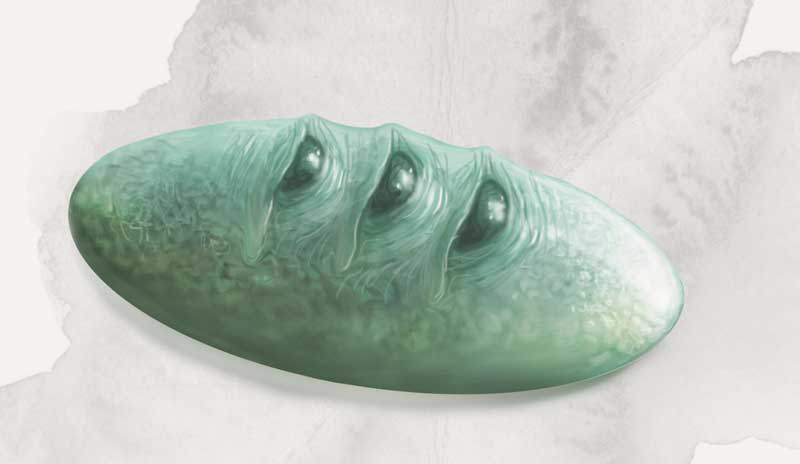


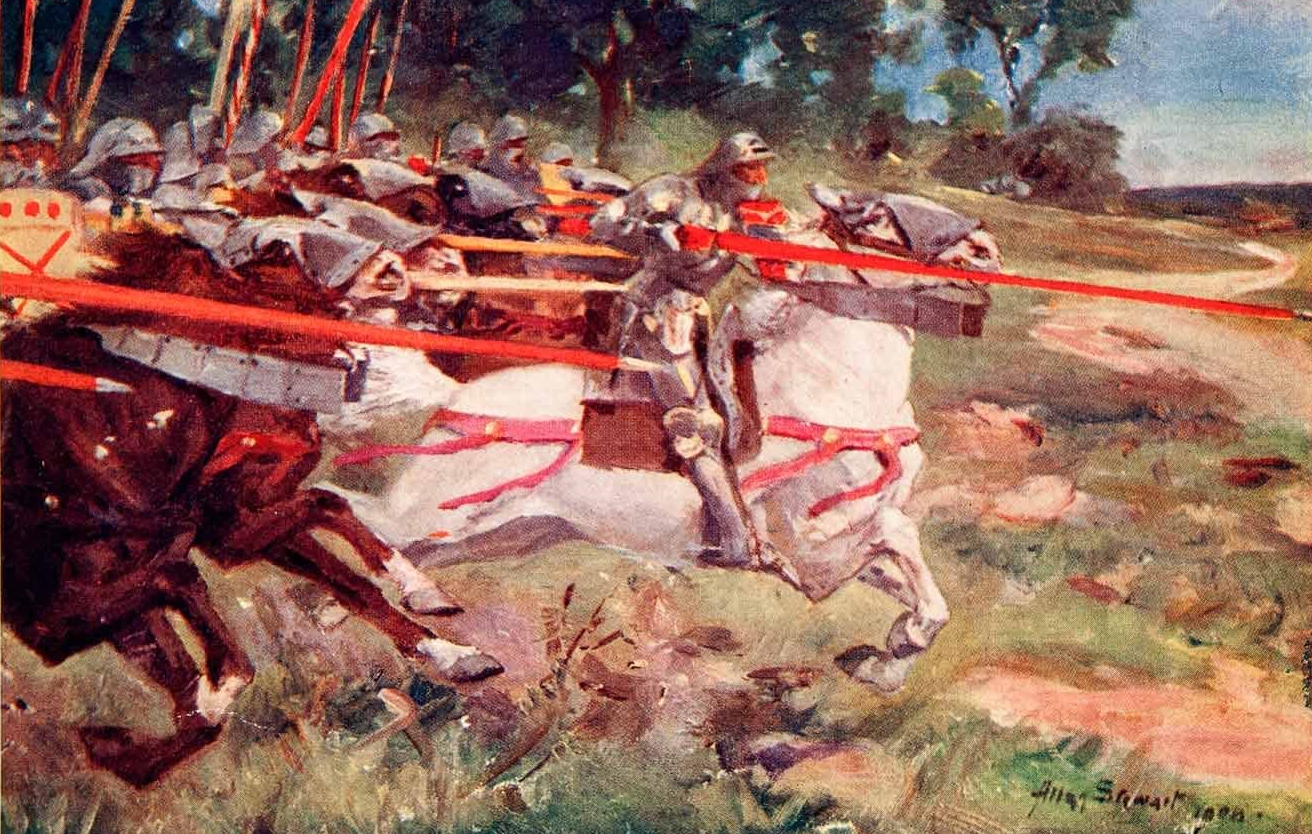
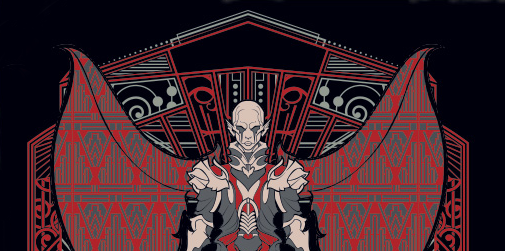
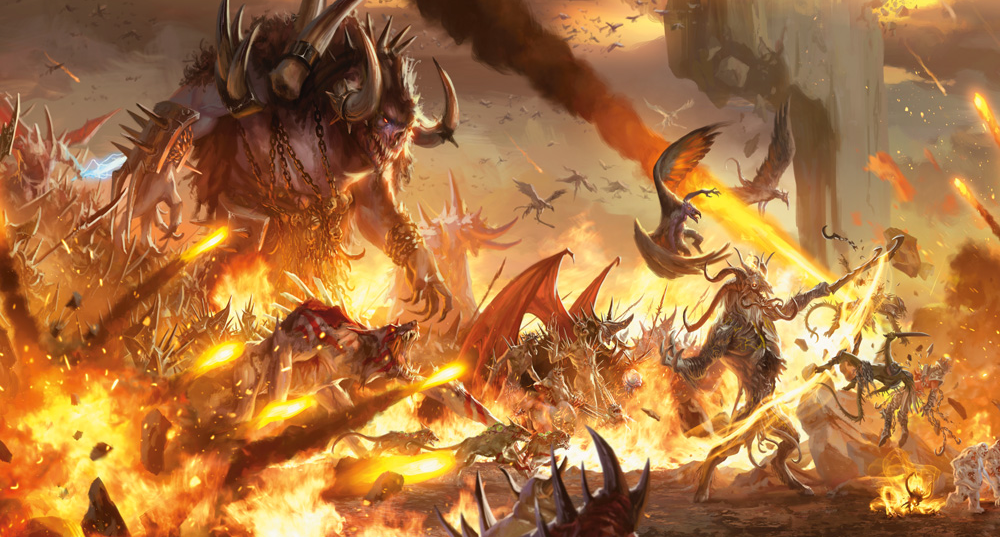
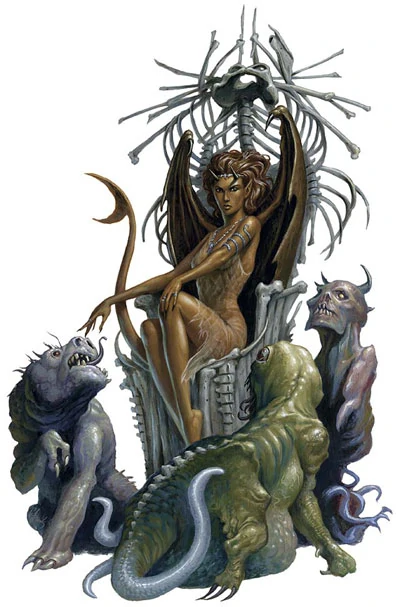 first time in centuries, the Avernian frontiers were in utter disarray. Although no alliance was formed between the baatorians and demons, armies of both races freely crossed the Styx.
first time in centuries, the Avernian frontiers were in utter disarray. Although no alliance was formed between the baatorians and demons, armies of both races freely crossed the Styx.